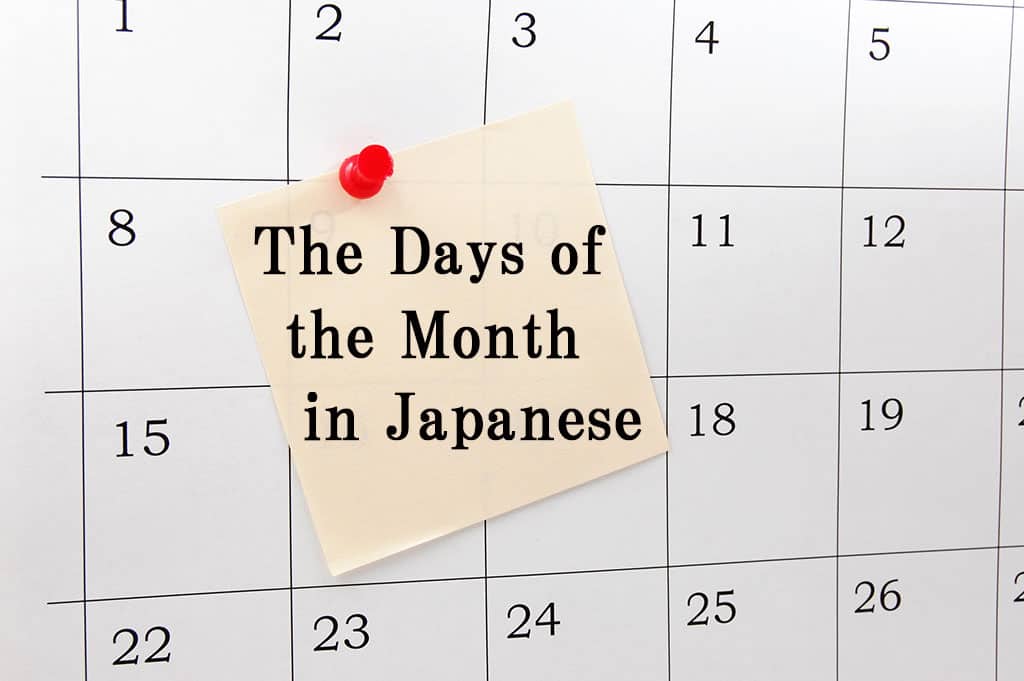How to Use と思います(To Omoimasu) in Japanese
と思います (to omoimasu) means “I think” in Japanese. It is widely used in both casual and formal situations to express opinions and predictions. It also used to make some expressions sound more polite and nicer. How to Use と思います (To Omoimasu): An Brief Introduction と思います (to omoimasu) is the polite form of と思う (to omou): … Read more






























